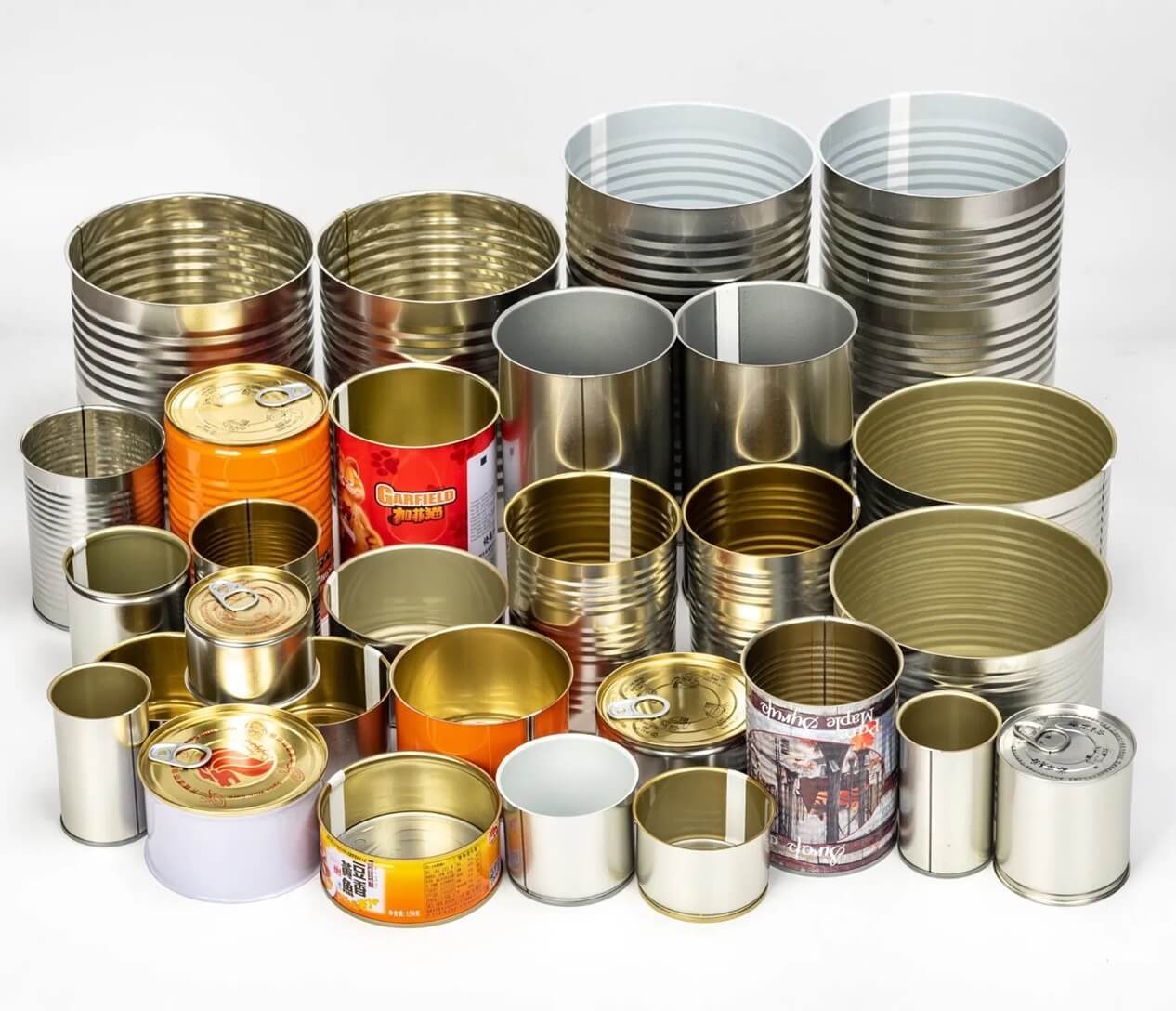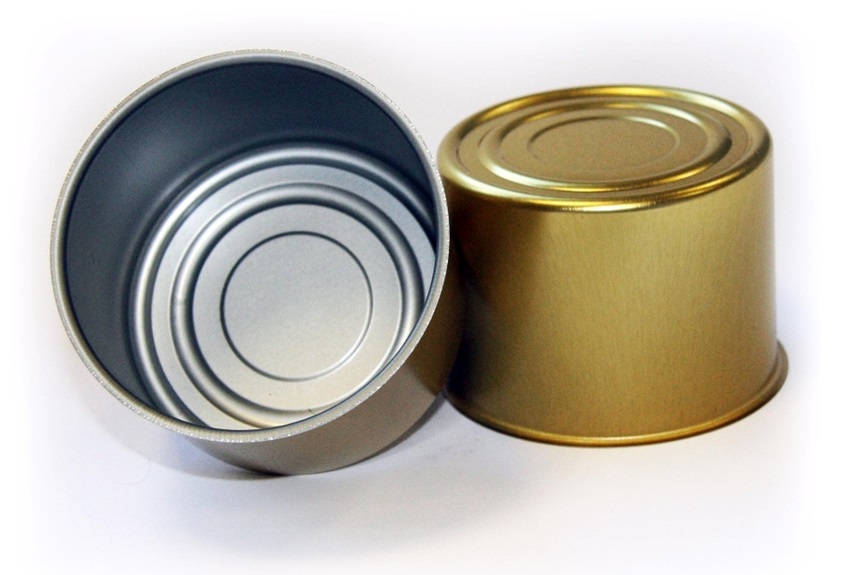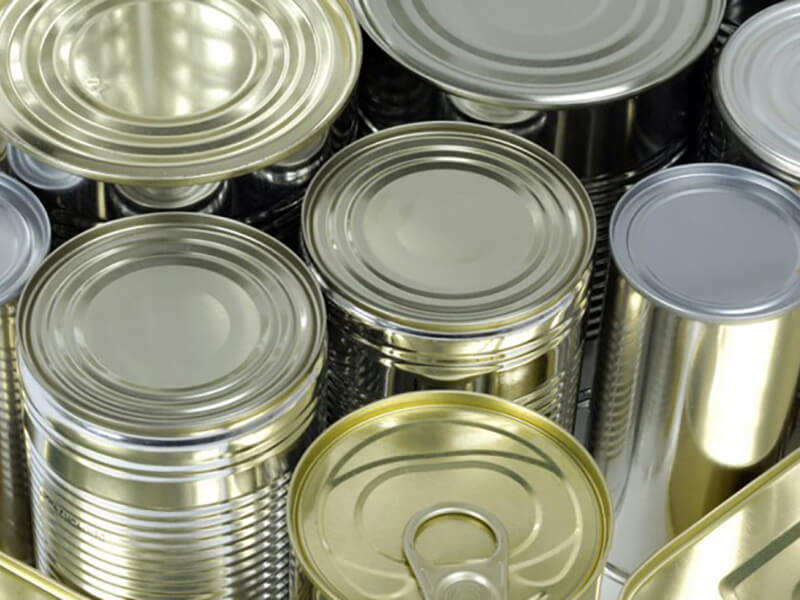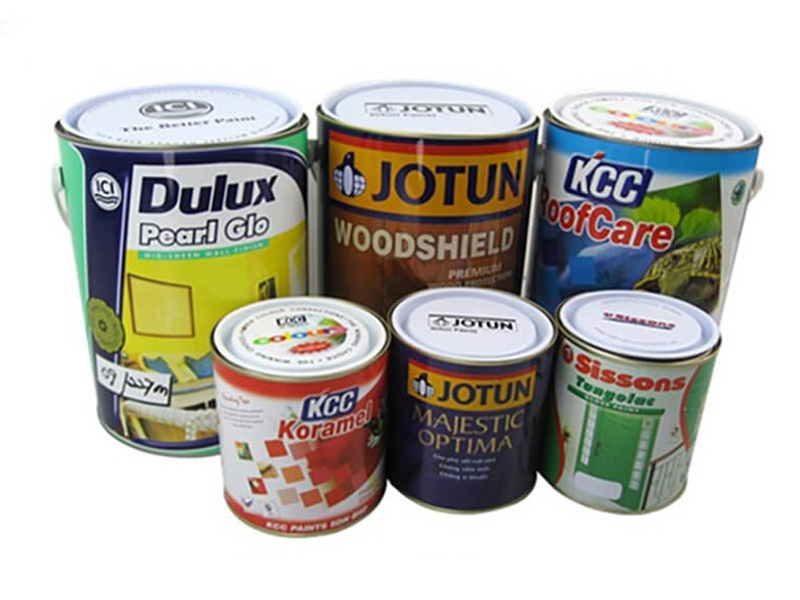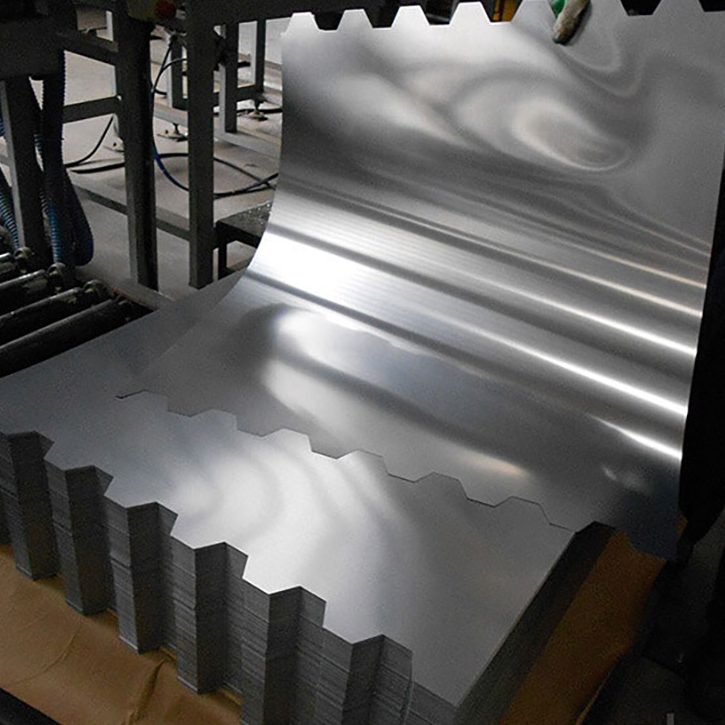Tinplate and Stainless Steel
When comparing tinplate and stainless steel, it is first important to understand that both materials, while both can be used in a variety of industrial products, have different uses due to their different properties and manufacturing processes. Here’s a breakdown of the main differences:
1. Material composition
Tinplate: Tinplate is essentially a thin sheet of steel coated with a layer of tin. The base material is usually a low-carbon cold-rolled steel plate. The tin coating has corrosion resistance and a shiny appearance. The tin layer is usually covered with tin on the surface of the base material using electroplating.
Stainless Steel: Stainless steel is an alloy composed of iron, carbon and significant amounts of chromium (at least 10.5%) and nickel. Chromium forms a chromium oxide passivation layer on the surface to prevent corrosion. Generally, stainless steel materials are distinguished based on their nickel content. In addition, stainless steel may also contain titanium, molybdenum and other elements to enhance its performance.
2. Corrosion resistance
Tinplate: The main purpose of the tin plating is to protect the steel from corrosion. However, if the tin layer is damaged, the underlying steel is susceptible to rust. Tinplate is suitable for environments where the risk of mechanical damage is low and where it is not exposed to harsh conditions.
Stainless steel: Stainless steel has excellent corrosion resistance compared to tinplate. The chromium in stainless steel reacts with oxygen to form a stable protective layer of chromium oxide. This layer is self-healing, meaning if the surface is scratched, it will reform, providing ongoing protection against corrosion. This makes stainless steel suitable for more demanding environments such as chemical processing plants, kitchen appliances and outdoor structures.
3. Application
Tinplate: Due to its corrosion-resistant and non-toxic properties, tinplate is widely used in food and beverage packaging, such as cans, as well as in the production of household items such as cookie jars and other storage containers. It is also used in the production of electronic components that require smooth conductive surfaces.
Stainless steel: Stainless steel is used in a wider range of applications, from kitchen appliances and medical devices to structural components in construction and industrial machinery. Its high strength, resistance to heat, corrosion and ability to keep surfaces clean make it ideal for critical applications in the food, pharmaceutical and construction industries.
4. Strength and durability
Tinplate: Tinplate is relatively lightweight and easily formed into a variety of shapes, but it is not as strong or durable as stainless steel. It is best suited for applications where flexibility and low cost are more important than high strength.
Stainless Steel: Stainless steel is known for its exceptional strength and durability. It can withstand significant mechanical stress and is resistant to wear, making it ideal for applications requiring long-term durability.
5. Cost
Tinplate: Tinplate is generally more cost-effective than stainless steel. The steel is coated with a thin layer of tin, making it cheaper to produce while still providing adequate protection for many applications.
Stainless steel: Stainless steel is more expensive due to its alloying elements (especially chromium and nickel) and the complexity of its production process. However, in applications where long-term durability is required, its service life and corrosion resistance often justify the higher initial cost.
6. Environmental impact
Tinplate: Tinplate is completely recyclable and tinplate can be recycled and reused. However, recycling tinplate involves separating the tin from the steel, which can be a complex process.
Stainless steel: Stainless steel is also fully recyclable, and its production increasingly uses recycled materials. The recycling process is simple and recycled stainless steel retains the same properties as the original material, making it a sustainable choice.
In summary,
while both tinplate and stainless steel are corrosion-resistant, they are suitable for different applications based on their unique properties. Tinplate is ideal for lightweight, cost-sensitive uses, especially food packaging, where its non-toxic surface is a major advantage. Stainless steel, on the other hand, is the material of choice for applications that require high strength, durability, and resistance to harsh environments. Your choice between these two materials should be guided by the specific needs of your project, taking into account factors such as cost, durability, and environmental conditions.




